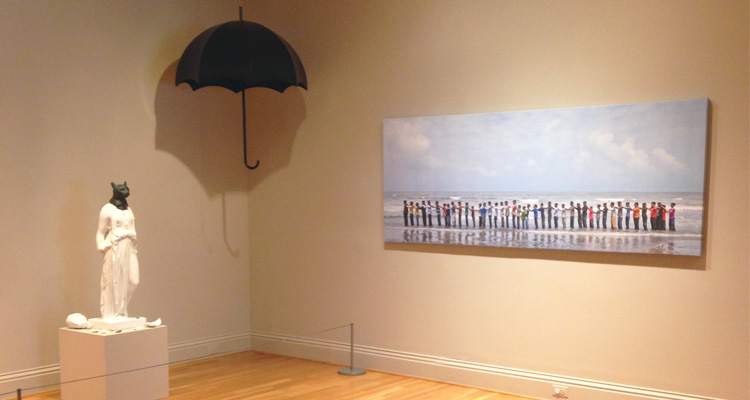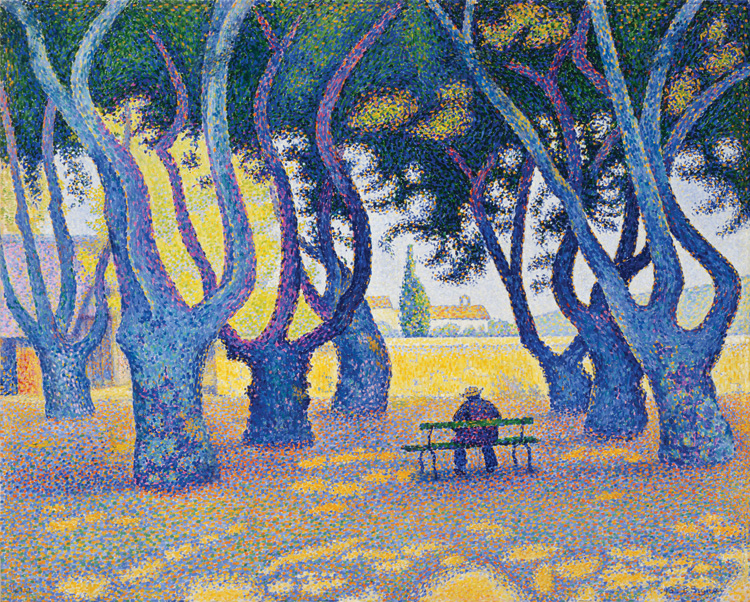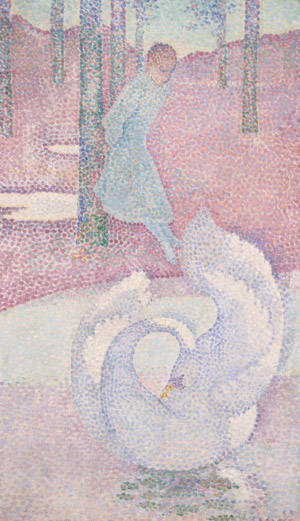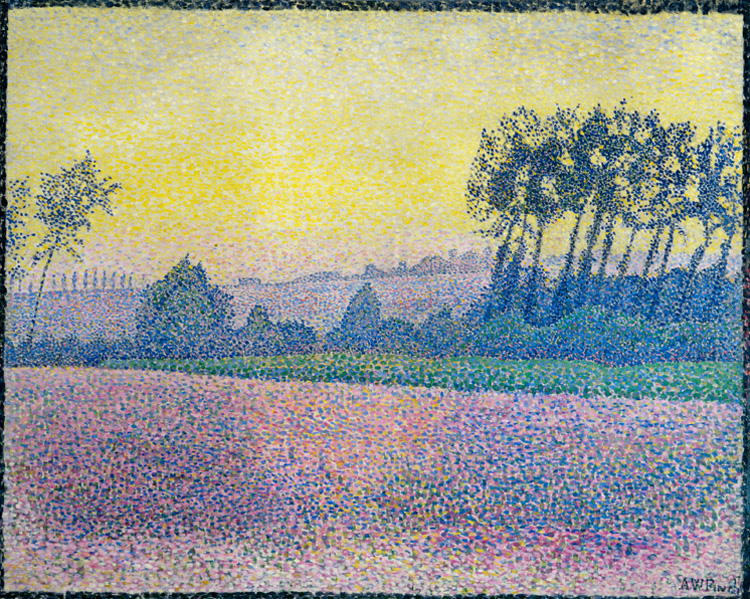This article, written by collector Anita Reiner’s daughter, Renee Reiner, was first published by Christie’s in May 2014 and is reposted here in three parts in conjunction with the exhibition A Tribute To Anita Reiner, on view at the Phillips through Jan. 4, 2015. We welcome others to share their own anecdotes about this legendary collector or contribute comments about the installation honoring her.

Installation view of the exhibition A Tribute To Anita Reiner, currently on view at the museum. Photo courtesy The Phillips Collection, Washington, DC
Though small in stature, Anita was bigger than life. All who knew her were in awe of her seemingly boundless energy and big heart. Anita was insatiable in her desire to learn and to take advantage of all that life had to offer. She traveled the world in search of adventure and inevitably found it, if it didn’t find her first.
These words, from her dear friend Wendy Grossman, describe my mom perfectly.
Anita was an avid collector of contemporary art for close to 50 years. She was smart, focused, and intense about this pursuit. And, at the same time, she was also fast. Mom would walk into a gallery, move through once quickly, and home in on “best of show” before I could park the car and join her inside. Stylistically, she was always this way. She thought fast and talked even faster. Her brain revved at a speed that others found unfathomable. Her dear friend Steve Shane says, “She had so much going on in her brain…Her brain was going faster than her mouth. She’d go from one artist to the next. I’d have to interrupt her and ask her which artist she was talking about because she was so excited!”
Anita started traveling to New York galleries when I, the youngest of her four children, was quite small: once a month on Saturday mornings she and my dad were in the car or on the shuttle, traveling to New York. As Dad drove, she poured through the Gallery Guide, writing down the names of galleries they would visit in Soho and uptown. She was known for maintaining her lists on index cards. Upon arrival, the two of them hit the ground running, allotting no more than 30 minutes per gallery. When I was deemed old enough to participate in these adventures (at about 6), I was occasionally invited to go along. I would have my fill after three galleries, but Mom would be going strong as we perused 10 or 12 more. Her energy was boundless.
Anita was not only becoming a collector in those early days; also during this time—the late 1960s—Mom finished her bachelor’s degree and then continued on to complete her Master’s in Art History. Afterward she taught Art History at both Catholic and George Mason Universities. I was a teen by then, and sat in on some of her classes: a projector flashed slides and Anita shared details on the masters from centuries past. I thought her knowledge extraordinary. However, her ability to share information may have been hampered because she always spoke so quickly! I was glad that I was not a student having to pass her exam.
There was a clear crossover between these academic pursuits and the world she was absorbing at the New York galleries. Anita began collecting after her father died and left her $10,000. This was just enough for Anita to become a nascent art collector, and was likely why she sought out less established artists—they were in her price range. But these emerging artists, we all later came to understand, offered Anita something more—she was intrigued by, and supportive of, works that were considered avant garde, risky, or controversial.
— Renee Reiner





